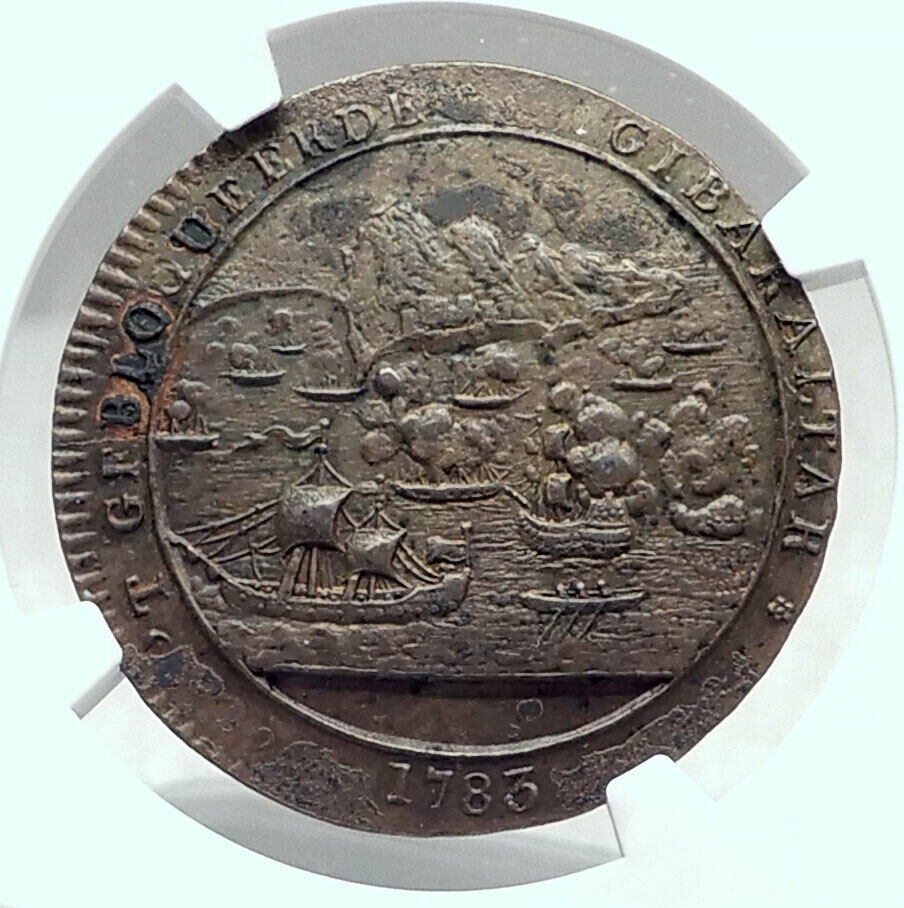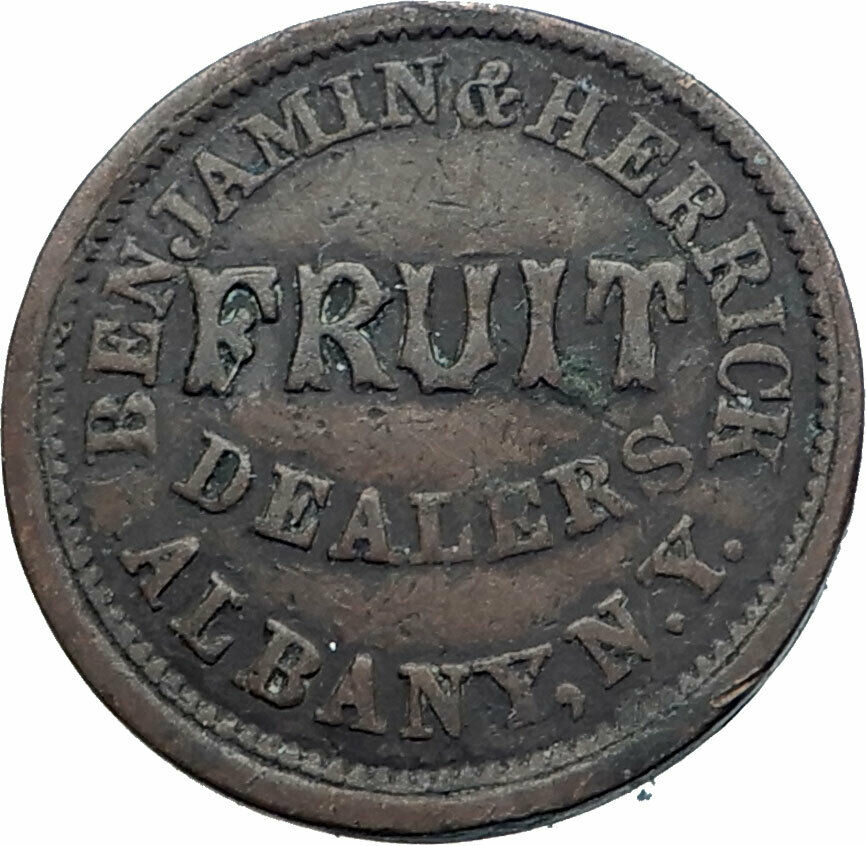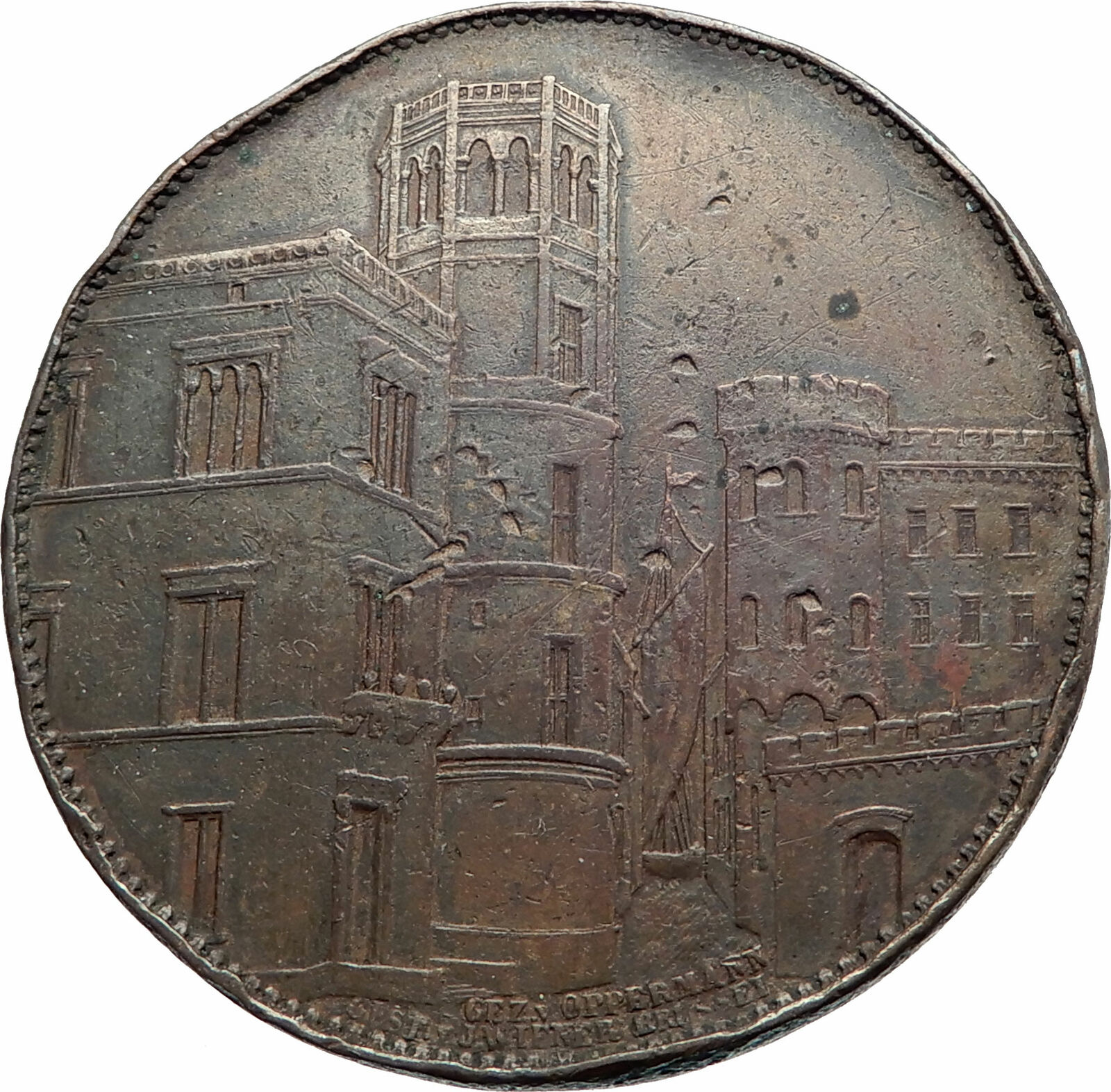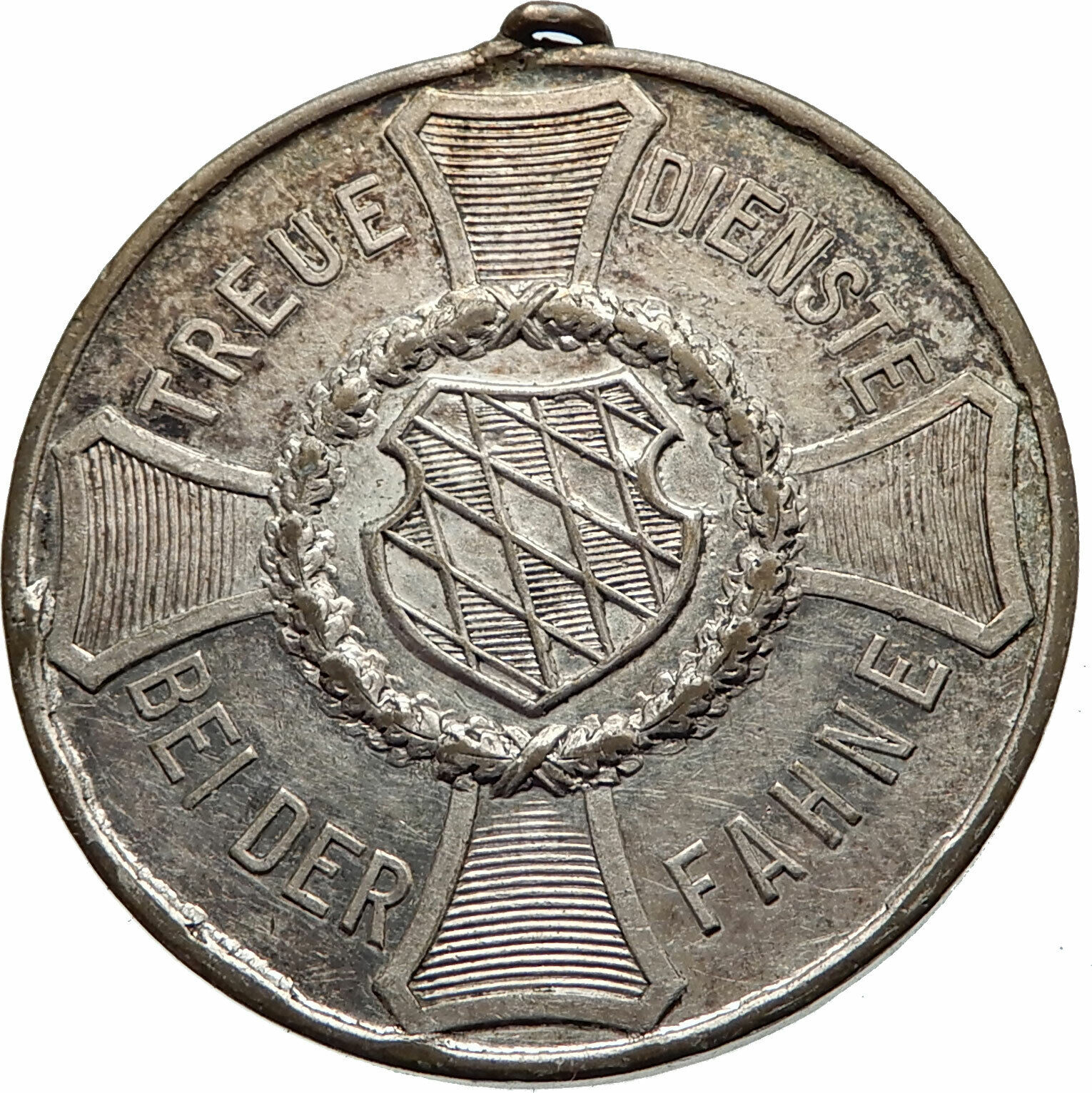|
United States of America
Bicentennial
– Council of the Thirteen Original States – Thomas McKean
1974 Proof Silver Medal 38mm (31.64 grams) Sterling Silver
Reference: Franklin Mint
Thomas
McKean facing 1/2 left in government building.
THOMAS McKEAN JUDGE
DELAWARE, Feather pen and ink well, signature below.
Edge Lettering:
OFFICIAL MEDAL OF THE BICENTENNIAL COUNCIL OF THE 13 ORIGINAL STATES 74 P STERLING
You are bidding on the exact item pictured, provided with a Certificate of Authenticity and Lifetime Guarantee of Authenticity.
The Thirteen American Colonies formed the United States of America in July 1776. Their groupings were: New England (New Hampshire; Massachusetts; Rhode Island; Connecticut); Middle (New York; New Jersey; Pennsylvania; Delaware); Southern (Maryland; Virginia; North Carolina; South Carolina; and Georgia).
 Thomas McKean (March 19, 1734 – June 24, 1817) was an American lawyer, politician, and Founding Father. During the American Revolution, he was a Delaware delegate to the Continental Congress, where he signed the Continental Association, the United States Declaration of Independence, and the Articles of Confederation. McKean served as a President of Congress. He was at various times a member of the Federalist and the Democratic-Republican parties. McKean served as president of Delaware, chief justice of Pennsylvania, and governor of Pennsylvania. He is also known for holding copious public positions. Thomas McKean (March 19, 1734 – June 24, 1817) was an American lawyer, politician, and Founding Father. During the American Revolution, he was a Delaware delegate to the Continental Congress, where he signed the Continental Association, the United States Declaration of Independence, and the Articles of Confederation. McKean served as a President of Congress. He was at various times a member of the Federalist and the Democratic-Republican parties. McKean served as president of Delaware, chief justice of Pennsylvania, and governor of Pennsylvania. He is also known for holding copious public positions.
McKean’s education began at the Reverend Francis Allison’s New London Academy. At age sixteen, he began the study of law under his cousin, David Finney. In 1755, he was admitted to the bar of the Lower Counties, as Delaware was then known, and likewise in the Province of Pennsylvania the following year. In 1756, he was appointed deputy attorney general for Sussex County. From the 1762-1763 session to the 1775-1776 session, he was a member of the General Assembly of the Lower Counties, serving as its speaker in 1772-1773. From July 1765, he also served as a judge of the Court of Common Pleas and began service as the customs collector at New Castle in 1771. In November 1765, his Court of Common Pleas became the first such court in the colonies to establish a rule for all the proceedings of the court to be recorded on unstamped paper. In 1768, McKean was elected to the revived American Philosophical Society.
Eighteenth-century Delaware was politically divided into loose political factions known as the “Court Party” and the “Country Party.” The majority Court Party was generally Anglican, was strongest in Kent and Sussex counties, worked well with the colonial Proprietary government, and supported reconciliation with the British government. The minority Country Party was largely Irish Presbyterian (also referred to as “Scotch-Irish” in America), was centered in New Castle County, and quickly advocated independence from the British. The revolutionary slogan “no taxation without representation” had originated in the north of Ireland under the British Penal Laws, which denied Presbyterians and Catholics the right to vote for members of the parliament. McKean was the epitome of the Country Party politician and was, as much as anyone else, its leader. As such, he generally worked in partnership with Caesar Rodney from Kent County and in opposition to his friend and neighbor, George Read.
At the Stamp Act Congress of 1765, McKean and Caesar Rodney represented Delaware. McKean proposed the voting procedure that the Continental Congress later adopted: each colony, regardless of size or population, would have one vote. That decision set the precedent, the Congress of the Articles of Confederation adopted the practice, and the principle of state equality has continued in the composition of the United States Senate.
McKean quickly became one of the most influential members of the Stamp Act Congress. He was on the committee that drew the memorial to parliament and, with John Rutledge and Philip Livingston, revised its proceedings. On the last day of its session, when the business session ended, Timothy Ruggles, the president of the body, and a few other more cautious members refused to sign the memorial of rights and grievances. McKean arose and addressing the chair insisted that the president give his reasons for his refusal. After refusing at first, Ruggles remarked that “it was against his conscience.” McKean then disputed his use of the word “conscience” so loudly and so long that a challenge was given by Ruggles and accepted in the presence of the Congress. However, Ruggles left the next morning at daybreak, and so the duel did not take place.
In spite of his primary residence in Philadelphia, McKean remained the effective leader for American independence in Delaware. Along with Read and Caesar Rodney, he was one of Delaware’s delegates to the First Continental Congress in 1774 and the Second Continental Congress in 1775 and 1776.
Being an outspoken advocate of independence, McKean was a key voice in persuading others to vote for a split with Great Britain. When Congress began debating a resolution of independence in June 1776, Rodney was absent. Read was against independence, which meant that the Delaware delegation was split between McKean and Read and therefore could not vote in favor of independence. McKean requested that the absent Rodney ride all night from Dover to break the tie. After the vote in favor of independence on July 2, McKean participated in the debate over the wording of the official Declaration of Independence, which was approved on July 4.
A few days after McKean cast his vote, he left Congress to serve as colonel in command of the Fourth Battalion of the Pennsylvania Associators, a militia unit created by Benjamin Franklin in 1747. They joined General George Washington’s defense of New York City at Perth Amboy, New Jersey. Being away, McKean was not available when most of the signers placed their signatures on the Declaration of Independence on August 2, 1776. Since his signature did not appear on the printed copy that was authenticated on January 17, 1777, it is assumed that he signed after that date, possibly as late as 1781.
In a conservative reaction against the advocates of American independence, the 1776-1777 Delaware General Assembly did not reelect either McKean or Rodney to the Continental Congress in October 1776. However, the British occupation after the Battle of Brandywine swung opinions enough that McKean was returned to Congress in October 1777 by the 1777-1778 Delaware General Assembly. During that time, he was constantly pursued by British forces. Over the course of the following years, he was forced to relocate his family five times.
He served continuously in the Congress until February 1, 1783. McKean helped draft the Articles of Confederation and voted for their adoption on March 1, 1781. When poor health caused Samuel Huntington to resign as president of Congress in July 1781, McKean was elected as his successor. He served from July 10 to November 4, 1781. The position was mostly ceremonial with no real authority, but the office required McKean to handle a good deal of correspondence and sign official documents. During his time in office, Lord Cornwallis’s British army surrendered at Yorktown, which effectively ended the war.
Meanwhile, McKean led the effort in the General Assembly of Delaware to declare its separation from the British government, which it did on June 15, 1776. In August, he was elected to the special convention to draft a new state constitution. Upon hearing of it, McKean made the long ride to Dover, Delaware, from Philadelphia in a single day, went to a room in an inn, and that night, virtually by himself, drafted the document. It was adopted September 20, 1776. The Delaware Constitution of 1776 became the first state constitution to be produced after the Declaration of Independence.
McKean was elected to Delaware’s first House of Assembly for both the 1776-1777 and the 1778-1779 sessions, succeeding John McKinly as speaker on February 12, 1777, when McKinly became president of Delaware. Shortly after President McKinly’s capture and imprisonment, McKean served as the president of Delaware for a month, from September 22 to October 20, 1777. That was the time needed for the successor George Read to return from the Continental Congress in Philadelphia and to assume the duties.
Immediately after the Battle of Brandywine, the British Army occupied Wilmington and much of northern New Castle County. Its navy also controlled the lower Delaware River and Delaware Bay. As a result, the state capital, New Castle, was unsafe as a meeting place, and the Sussex County seat, Lewes, was sufficiently disrupted by Loyalists that it was unable to hold a valid general election that autumn. As president, McKean was primarily occupied with recruitment of the militia and with keeping some semblance of civic order in the portions of the state still under his control.
 The United States of America (USA), commonly known as the United States (U.S. or US) or America, is a country composed of 50 states, a federal district, five major self-governing territories, and various possessions. At 3.8 million square miles (9.8 million km2), the United States is the world’s third or fourth largest country by total area and is slightly smaller than the entire continent of Europe’s 3.9 million square miles (10.1 million km2). With a population of over 327 million people, the U.S. is the third most populous country. The capital is Washington, D.C., and the largest city by population is New York City. Forty-eight states and the capital’s federal district are contiguous in North America between Canada and Mexico. The State of Alaska is in the northwest corner of North America, bordered by Canada to the east and across the Bering Strait from Russia to the west. The State of Hawaii is an archipelago in the mid-Pacific Ocean. The U.S. territories are scattered about the Pacific Ocean and the Caribbean Sea, stretching across nine official time zones. The extremely diverse geography, climate, and wildlife of the United States make it one of the world’s 17 megadiverse countries. The United States of America (USA), commonly known as the United States (U.S. or US) or America, is a country composed of 50 states, a federal district, five major self-governing territories, and various possessions. At 3.8 million square miles (9.8 million km2), the United States is the world’s third or fourth largest country by total area and is slightly smaller than the entire continent of Europe’s 3.9 million square miles (10.1 million km2). With a population of over 327 million people, the U.S. is the third most populous country. The capital is Washington, D.C., and the largest city by population is New York City. Forty-eight states and the capital’s federal district are contiguous in North America between Canada and Mexico. The State of Alaska is in the northwest corner of North America, bordered by Canada to the east and across the Bering Strait from Russia to the west. The State of Hawaii is an archipelago in the mid-Pacific Ocean. The U.S. territories are scattered about the Pacific Ocean and the Caribbean Sea, stretching across nine official time zones. The extremely diverse geography, climate, and wildlife of the United States make it one of the world’s 17 megadiverse countries.
.svg/85px-Great_Seal_of_the_United_States_(obverse).svg.png) Paleo-Indians migrated from Siberia to the North American mainland at least 12,000 years ago. European colonization began in the 16th century. The United States emerged from the thirteen British colonies established along the East Coast. Numerous disputes between Great Britain and the colonies following the French and Indian War led to the American Revolution, which began in 1775, and the subsequent Declaration of Independence in 1776. The war ended in 1783 with the United States becoming the first country to gain independence from a European power. The current constitution was adopted in 1788, with the first ten amendments, collectively named the Bill of Rights, being ratified in 1791 to guarantee many fundamental civil liberties. The United States embarked on a vigorous expansion across North America throughout the 19th century, acquiring new territories, displacing Native American tribes, and gradually admitting new states until it spanned the continent by 1848. Paleo-Indians migrated from Siberia to the North American mainland at least 12,000 years ago. European colonization began in the 16th century. The United States emerged from the thirteen British colonies established along the East Coast. Numerous disputes between Great Britain and the colonies following the French and Indian War led to the American Revolution, which began in 1775, and the subsequent Declaration of Independence in 1776. The war ended in 1783 with the United States becoming the first country to gain independence from a European power. The current constitution was adopted in 1788, with the first ten amendments, collectively named the Bill of Rights, being ratified in 1791 to guarantee many fundamental civil liberties. The United States embarked on a vigorous expansion across North America throughout the 19th century, acquiring new territories, displacing Native American tribes, and gradually admitting new states until it spanned the continent by 1848.
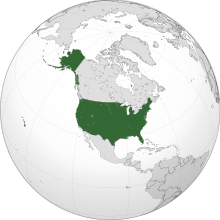 During the second half of the 19th century, the Civil War led to the abolition of slavery. By the end of the century, the United States had extended into the Pacific Ocean, and its economy, driven in large part by the Industrial Revolution, began to soar. The Spanish-American War and World War I confirmed the country’s status as a global military power. The United States emerged from World War II as a global superpower, the first country to develop nuclear weapons, the only country to use them in warfare, and a permanent member of the United Nations Security Council. The Rights Acts of 1964, 1965 and 1968 outlaws discrimination based on race or color. During the Cold War, the United States and the Soviet Union competed in the Space Race, culminating with the 1969 U.S. Moon landing. The end of the Cold War and the collapse of the Soviet Union in 1991 left the United States as the world’s sole superpower. During the second half of the 19th century, the Civil War led to the abolition of slavery. By the end of the century, the United States had extended into the Pacific Ocean, and its economy, driven in large part by the Industrial Revolution, began to soar. The Spanish-American War and World War I confirmed the country’s status as a global military power. The United States emerged from World War II as a global superpower, the first country to develop nuclear weapons, the only country to use them in warfare, and a permanent member of the United Nations Security Council. The Rights Acts of 1964, 1965 and 1968 outlaws discrimination based on race or color. During the Cold War, the United States and the Soviet Union competed in the Space Race, culminating with the 1969 U.S. Moon landing. The end of the Cold War and the collapse of the Soviet Union in 1991 left the United States as the world’s sole superpower.
The United States is the world’s oldest surviving federation. It is a federal republic and a representative democracy. The United States is a founding member of the United Nations, World Bank, International Monetary Fund, Organization of American States (OAS), and other international organizations. The United States is a highly developed country, with the world’s largest economy by nominal GDP and second-largest economy by PPP, accounting for approximately a quarter of global GDP. The U.S. economy is largely post-industrial, characterized by the dominance of services and knowledge-based activities, although the manufacturing sector remains the second-largest in the world. The United States is the world’s largest importer and the second largest exporter of goods, by value. Although its population is only 4.3% of the world total, the U.S. holds 31% of the total wealth in the world, the largest share of global wealth concentrated in a single country.
Despite wide income and wealth disparities, the United States continues to rank very high in measures of socioeconomic performance, including average wage, human development, per capita GDP, and worker productivity. The United States is the foremost military power in the world, making up a third of global military spending, and is a leading political, cultural, and scientific force internationally.
|





 Thomas McKean (March 19, 1734 – June 24, 1817) was an American lawyer, politician, and Founding Father. During the American Revolution, he was a Delaware delegate to the Continental Congress, where he signed the Continental Association, the United States Declaration of Independence, and the Articles of Confederation. McKean served as a President of Congress. He was at various times a member of the Federalist and the Democratic-Republican parties. McKean served as president of Delaware, chief justice of Pennsylvania, and governor of Pennsylvania. He is also known for holding copious public positions.
Thomas McKean (March 19, 1734 – June 24, 1817) was an American lawyer, politician, and Founding Father. During the American Revolution, he was a Delaware delegate to the Continental Congress, where he signed the Continental Association, the United States Declaration of Independence, and the Articles of Confederation. McKean served as a President of Congress. He was at various times a member of the Federalist and the Democratic-Republican parties. McKean served as president of Delaware, chief justice of Pennsylvania, and governor of Pennsylvania. He is also known for holding copious public positions. The United States of America (USA), commonly known as the United States (U.S. or US) or America, is a country composed of 50 states, a federal district, five major self-governing territories, and various possessions. At 3.8 million square miles (9.8 million km2), the United States is the world’s third or fourth largest country by total area and is slightly smaller than the entire continent of Europe’s 3.9 million square miles (10.1 million km2). With a population of over 327 million people, the U.S. is the third most populous country. The capital is Washington, D.C., and the largest city by population is New York City. Forty-eight states and the capital’s federal district are contiguous in North America between Canada and Mexico. The State of Alaska is in the northwest corner of North America, bordered by Canada to the east and across the Bering Strait from Russia to the west. The State of Hawaii is an archipelago in the mid-Pacific Ocean. The U.S. territories are scattered about the Pacific Ocean and the Caribbean Sea, stretching across nine official time zones. The extremely diverse geography, climate, and wildlife of the United States make it one of the world’s 17 megadiverse countries.
The United States of America (USA), commonly known as the United States (U.S. or US) or America, is a country composed of 50 states, a federal district, five major self-governing territories, and various possessions. At 3.8 million square miles (9.8 million km2), the United States is the world’s third or fourth largest country by total area and is slightly smaller than the entire continent of Europe’s 3.9 million square miles (10.1 million km2). With a population of over 327 million people, the U.S. is the third most populous country. The capital is Washington, D.C., and the largest city by population is New York City. Forty-eight states and the capital’s federal district are contiguous in North America between Canada and Mexico. The State of Alaska is in the northwest corner of North America, bordered by Canada to the east and across the Bering Strait from Russia to the west. The State of Hawaii is an archipelago in the mid-Pacific Ocean. The U.S. territories are scattered about the Pacific Ocean and the Caribbean Sea, stretching across nine official time zones. The extremely diverse geography, climate, and wildlife of the United States make it one of the world’s 17 megadiverse countries. .svg/85px-Great_Seal_of_the_United_States_(obverse).svg.png) Paleo-Indians migrated from Siberia to the North American mainland at least 12,000 years ago. European colonization began in the 16th century. The United States emerged from the thirteen British colonies established along the East Coast. Numerous disputes between Great Britain and the colonies following the French and Indian War led to the American Revolution, which began in 1775, and the subsequent Declaration of Independence in 1776. The war ended in 1783 with the United States becoming the first country to gain independence from a European power. The current constitution was adopted in 1788, with the first ten amendments, collectively named the Bill of Rights, being ratified in 1791 to guarantee many fundamental civil liberties. The United States embarked on a vigorous expansion across North America throughout the 19th century, acquiring new territories, displacing Native American tribes, and gradually admitting new states until it spanned the continent by 1848.
Paleo-Indians migrated from Siberia to the North American mainland at least 12,000 years ago. European colonization began in the 16th century. The United States emerged from the thirteen British colonies established along the East Coast. Numerous disputes between Great Britain and the colonies following the French and Indian War led to the American Revolution, which began in 1775, and the subsequent Declaration of Independence in 1776. The war ended in 1783 with the United States becoming the first country to gain independence from a European power. The current constitution was adopted in 1788, with the first ten amendments, collectively named the Bill of Rights, being ratified in 1791 to guarantee many fundamental civil liberties. The United States embarked on a vigorous expansion across North America throughout the 19th century, acquiring new territories, displacing Native American tribes, and gradually admitting new states until it spanned the continent by 1848.  During the second half of the 19th century, the Civil War led to the abolition of slavery. By the end of the century, the United States had extended into the Pacific Ocean, and its economy, driven in large part by the Industrial Revolution, began to soar. The Spanish-American War and World War I confirmed the country’s status as a global military power. The United States emerged from World War II as a global superpower, the first country to develop nuclear weapons, the only country to use them in warfare, and a permanent member of the United Nations Security Council. The Rights Acts of 1964, 1965 and 1968 outlaws discrimination based on race or color. During the Cold War, the United States and the Soviet Union competed in the Space Race, culminating with the 1969 U.S. Moon landing. The end of the Cold War and the collapse of the Soviet Union in 1991 left the United States as the world’s sole superpower.
During the second half of the 19th century, the Civil War led to the abolition of slavery. By the end of the century, the United States had extended into the Pacific Ocean, and its economy, driven in large part by the Industrial Revolution, began to soar. The Spanish-American War and World War I confirmed the country’s status as a global military power. The United States emerged from World War II as a global superpower, the first country to develop nuclear weapons, the only country to use them in warfare, and a permanent member of the United Nations Security Council. The Rights Acts of 1964, 1965 and 1968 outlaws discrimination based on race or color. During the Cold War, the United States and the Soviet Union competed in the Space Race, culminating with the 1969 U.S. Moon landing. The end of the Cold War and the collapse of the Soviet Union in 1991 left the United States as the world’s sole superpower. 

